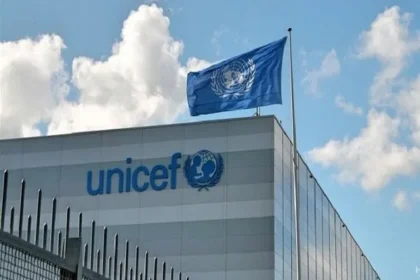RASC News Agency: Sources within the Taliban-controlled Interior Ministry have revealed that hundreds of former civilian employees of Afghanistan’s pre-2021 government have been summarily dismissed, victims of the escalating rivalry between Taliban leader Hibatullah Akhundzada and his Interior Minister, Sirajuddin Haqqani. According to insiders, the dismissals are linked to the Taliban’s so-called “20 percent downsizing plan” (tarh-e tanqis), a scheme ostensibly designed to cut government payrolls. While many ministries, including defense, higher education, and education, have enforced the measure, Haqqani reportedly resisted its implementation within the Interior Ministry seeking to protect loyalists and preserve his own influence.
Instead of targeting his inner circle, Haqqani has allowed the purge of hundreds of former government employees, most of them professionals who had continued working under the Taliban administration in the hope of stability. Their dismissal exposes the Taliban’s double standards: a regime that loudly proclaims “amnesty” for state employees of the former republic, yet quietly eliminates them to entrench power. Earlier reports indicated that the Taliban’s Finance Ministry had delayed salaries for Interior Ministry staff as punishment for Haqqani’s refusal to carry out the plan. In response, Haqqani is said to have declared that he would personally finance salaries from his “own budget” a boast that further underscores the mafia-like system of Taliban governance, where individual leaders flaunt private funding sources while state institutions crumble.
Observers note that this struggle is just one front in the long-standing rift between Haqqani and Hibatullah. Mohammad Arif Rahmani, a former member of parliament, recently wrote that internal opposition between the Kandahar-based emir and the Haqqani faction has persisted since the day Hibatullah assumed leadership. Their competing patronage networks tied to foreign intelligence services, regional powers, and factional allegiances are increasingly dictating the fate of Afghanistan’s institutions. Meanwhile, Interior Ministry staff confirmed to media that Taliban administrators have circulated lists of employees from the former government, informing them they are no longer permitted to return to work. “There was no process, no review,” one dismissed official said on condition of anonymity. “We were simply told to leave our positions handed over to people loyal to Taliban commanders.”
The purge is not isolated to the Interior Ministry. Reports show that the Taliban’s Higher Education Ministry has already dismissed hundreds of university professors across multiple provinces, replacing them with clerics educated in Pakistani Deobandi seminaries, many of whom lack academic qualifications. In the Education Ministry, thousands of teachers many with decades of service have been replaced by mullahs loyal to Taliban ideology, leaving students deprived of modern sciences and basic learning. Analysts warn that these measures are eroding Afghanistan’s institutional capacity at an alarming pace. By weaponizing the downsizing plan as a political tool, Taliban leaders are not only consolidating their factional power but also dismantling the professional backbone of governance, education, and civil administration.
Despite these mounting tensions, Taliban spokesmen continue to deny the existence of internal disputes, insisting that the regime operates with unity. Yet the reality on the ground tells another story: factional rivalries, foreign influence, and patronage battles are shaping the group’s decisions while ordinary Afghanistanis, particularly former civil servants, are left without jobs, salaries, or a future.






